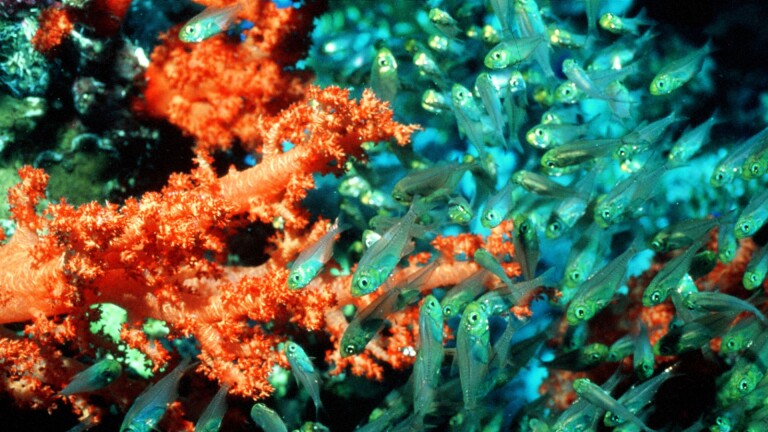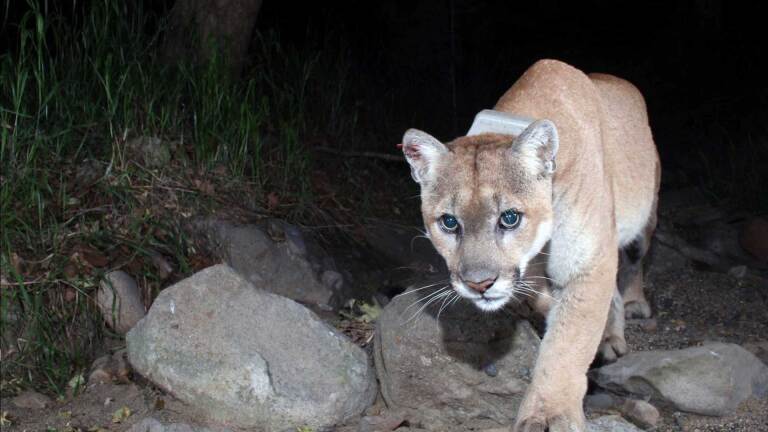Back to Show
Earth Focus
Urban Habitat: Cataloging Species
As urbanization creates a variety of vectors for non-native species to find their way into Los Angeles, scientists work to catalog the city's evolving biodiversity.
The Los Angeles Aqueduct made the region more attractive non-native species introduced by human activity. Species now common in the city include animals from tropical places, including anoles, geckos and the infamous coqui frog. Biologists are finding the best way to research biodiversity in urban areas and to gain access to the species living on private property throughout the city, is to enlist he help of citizen scientists.
Support Provided By

25:26
Two cities, San Francisco and Freetown, brace for climate change using vastly different methodologies.

25:58
Droughts and floods are driving many people away from their rural, farming communities into big cities.

25:30
Forecasts are dire for Louisiana to experience the second-highest sea level rise in the world. How is the region adapting?

26:40
“Vanishing Coral” presents the personal story of scientists and naturalists who are working with local communities to protect coral reefs that are being destroyed by warming seas, pollution, and destructive fishing practices.

33:46
"Earth Focus" looks at three countries on the new fracking frontline: South Africa, Poland, and the UK.
















